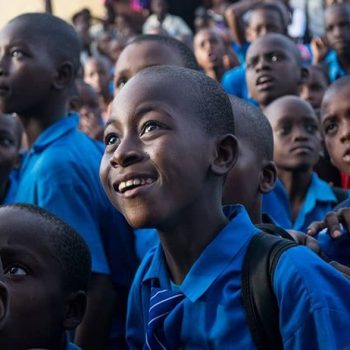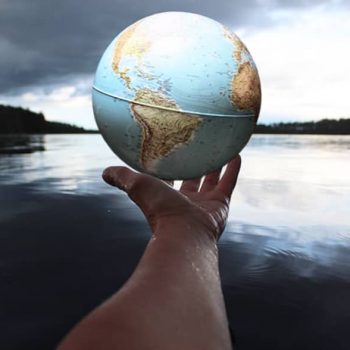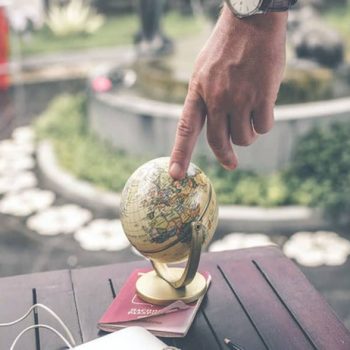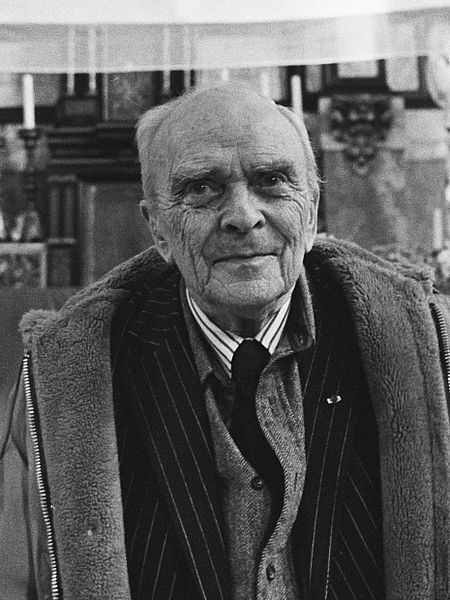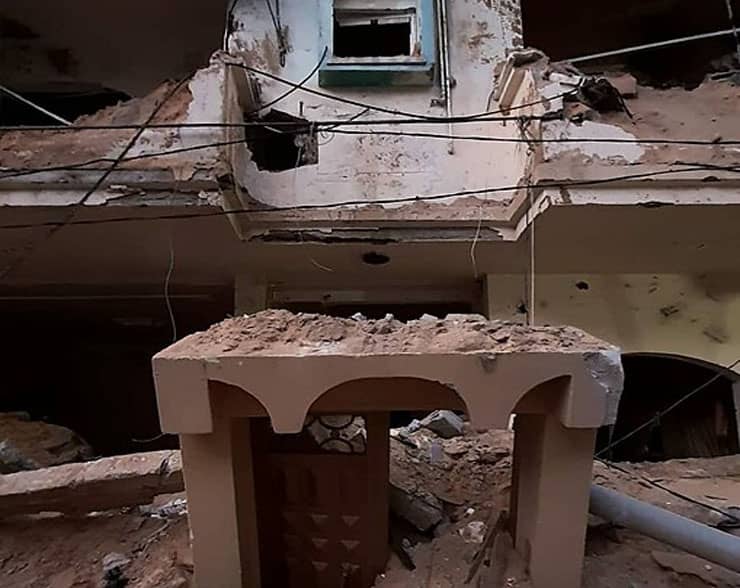 Appeals
Appeals
World Citizens Call for an Inmediate End to Hostilities…
Featured image: The impact of the Israeli bombing on a civilian building in Gaza (2021). By Osama Eid, CC BY-SA 3.0 https://creativecommons.org/licenses/by-sa/3.0, via Wikimedia Commons.
The AWC, a Nongovernmental Organization in Consultative Status with the United Nations (UN) and accredited with the UN Human Rights Council, is deeply alarmed at the latest flare of violence between the armed militias of the Palestinian Islamic Resistance Movement (Hamas) and the Israeli Defense Force (IDF). Most importantly, we are appalled at the consequences of the deliberate attacks from both sides on the rights of civilians in Israel and the Gaza Strip.
Since the attacks launched by its forces in the early morning of October 7, Hamas has been targeting civilians in Israel, even capturing Israeli citizens, both civilians and IDF soldiers, to keep them as hostages. The legitimate cause of a people long deprived of their own land, a cause that even the UN recognizes as internationally legitimate, cannot be served in dignity by such methods that run counter to international law.
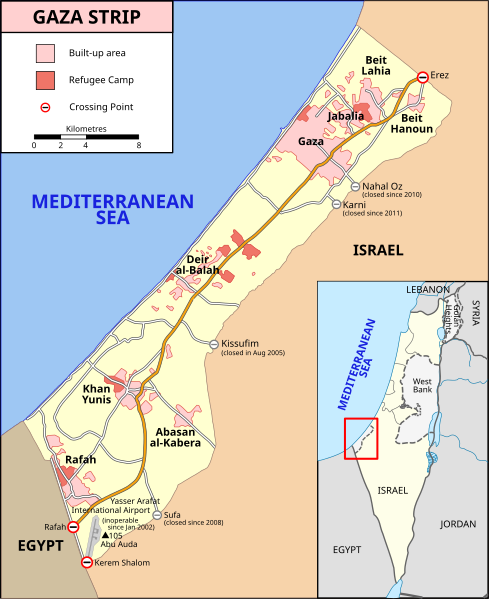
A map of the Gaza Strip showing key towns and neighbouring countries. By Gringer (talk) 14:01, 8 January 2009 (UTC), CC BY-SA 3.0 https://creativecommons.org/licenses/by-sa/3.0, via Wikimedia Commons.
The Occupied Palestinian Territory (OPT).
The current government of Israel has been constantly pushing the limits of disregard for the same international law, through repeated and insistent statements and practices aiming at systematic discrimination against the Palestinian people in the Occupied Palestinian Territory (OPT). Within the internationally recognized borders of the State of Israel, the current Israeli Government has also sowed the seeds of discord and political strife by trying to lessen the powers of the executive branch and, in so doing, to end Israel’s tradition of democracy with checks and balances.

Palestinian solidarity protester with Palestinian flag and a “Free Palestine” sign outside Downing Street, London, 5 June 2018, by Alisdare Hickson, CC BY-SA 2.0 , via Wikimedia Commons.
The Middle East conflict right from its root causes.
This misguided conduct has proved harmful to both the Palestinian people and the citizenry of Israel. It is now creating new chaos in the region amounting to, in the very words of Chapter VII of the UN Charter, a threat to international peace and security. The situation could get even worse as Hezbollah, notoriously backed by Iran, has now unwisely joined the fight from South Lebanon.
Once more, the rights of civilians in Israel and the Gaza Strip are falling victim to the hatred and violence unleashed by both sides in the absence of a badly needed but constantly denied international effort to tackle the Middle East conflict right from its root causes, including the Palestinian people’s demand for justice and the State of Israel’s need for security.
Consequently, the AWC reiterates its call for an immediate end to hostilities in Israel and the Gaza Strip. We also call for the release of every person, civilian or military, taken hostage by Hamas.
We further urge the international community to finally undertake a genuine peacebuilding effort in Israel and the OPT by addressing the root causes of the conflict and duly acting on the legitimate claim of the Palestinian people for justice and the equally legitimate claim of the Israeli people for security.
There is truly no other option now.

Separation wall between Israel and the West Bank in Palestine. By Ilya Varlamov, CC BY-SA 3.0 https://creativecommons.org/licenses/by-sa/3.0, via Wikimedia Commons
René Wadlow, President, Association of World Citizens.

President, Association of World Citizens (AWC).
Estudied International relations in The University of Chicago.
Estudied Special Program in European Civilization en Princeton University
Here are other publications that may be of interest to you.
Burma’s Crumbling Junta
February first marked the anniversary of the military coup which overthrew the government of Aung San Suu Kyi in 2021. She was in practice the leader of the government but…
Preventing the Expansion of the Gaza Conflict: Are Peace Brigades a Possibility?
Antony Blinken, the U.S. Secretary of State, has been again in the Middle East working to prevent the violence of the Gaza Strip of spreading to much of the area. …
World Citizens Call for an Inmediate End to Hostilities between Israel and Hamas, and for a Genuine Peacebuilding Effort in the Middle East.
Featured image: The impact of the Israeli bombing on a civilian building in Gaza (2021). By Osama Eid, CC BY-SA 3.0 https://creativecommons.org/licenses/by-sa/3.0, via Wikimedia Commons. The AWC, a Nongovernmental Organization…
World Humanitarian Day: A Need for Common Actions.
Featured Image: Photo by Wylly Suhendra on Unsplash. The United Nations General Assembly has designated 19 August as “World Humanitarian Day” to pay tribute to aid workers in humanitarian service…
Peace Planners: Awake!.
Featured Image: Photo by Eddie Kopp, Unsplash. The recent NATO Summit in Vilnius is an indication that the war planning community is busy at work in the spirit of Von…
Track Two Efforts Needed to Reduce China-India Frontier Tensions.
Featured Image: Arunachal Pradesh – India. Photo by Unexplored Northeast, Unsplash. There has been a constant buildup of military forces by the governments of both India and China along their common frontiers. …
Democratic Republic of Congo: Sky Getting Darker.
Photo by jorono, Pixabay. The armed conflict in the eastern area of the Democratic Republic of Congo (RDC) on the frontier with Rwanda seems to be growing worse and is…
World Refugee Day.
June 20 is the United Nations (UN)-designated World Refugee Day; marking the signing in 1951 of the Convention on Refugees. The condition of refugees and migrants has become a “hot”…
4 June: Memories of Tiananmen Square.
4 June makes the security forces in China somewhat uneasy, especially in Hong Kong where, in the past, there were large memorial meetings tp remind people of 4 June 1989…
International Day of the Oceans.
Featured Image: Photo by Marek Okon, Unsplash. Progress on Asian Maritime Delimitations Needed. 8 June has been designated by the United Nations General Assembly as the International Day of the Oceans to…

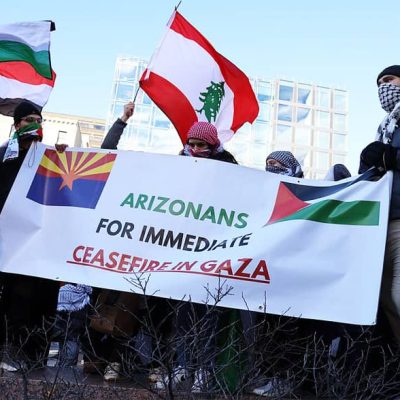
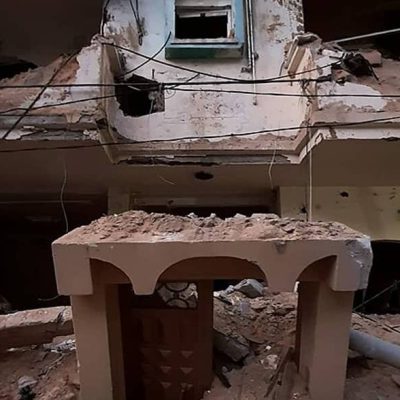



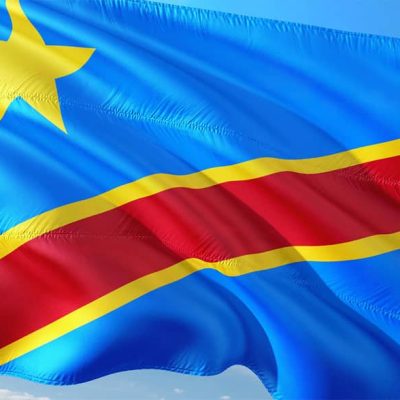

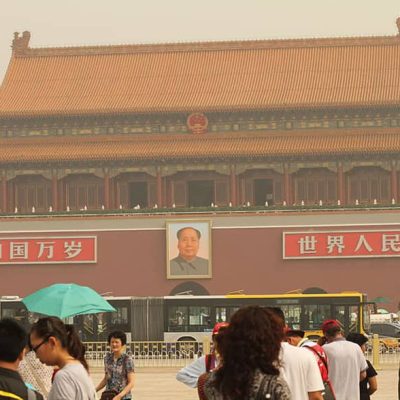


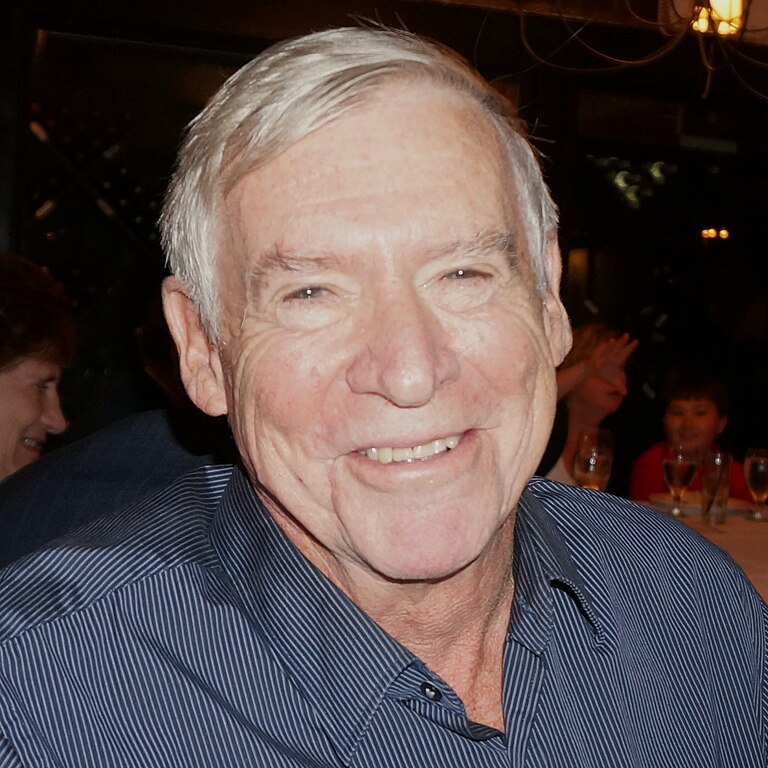
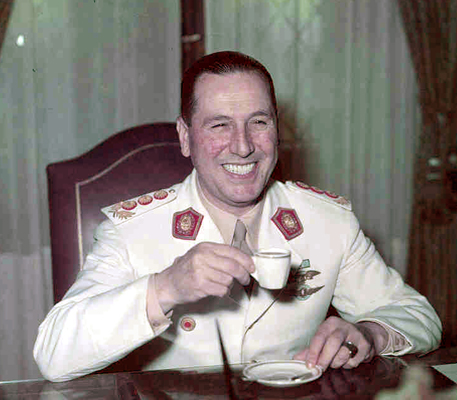

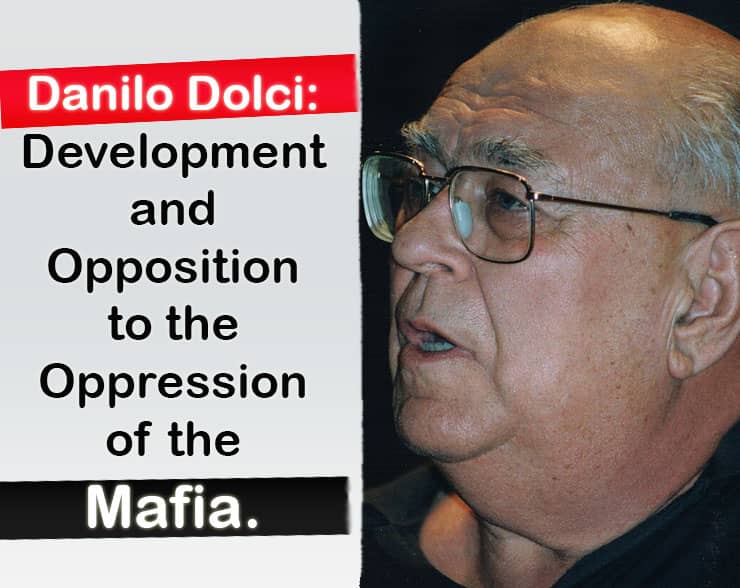






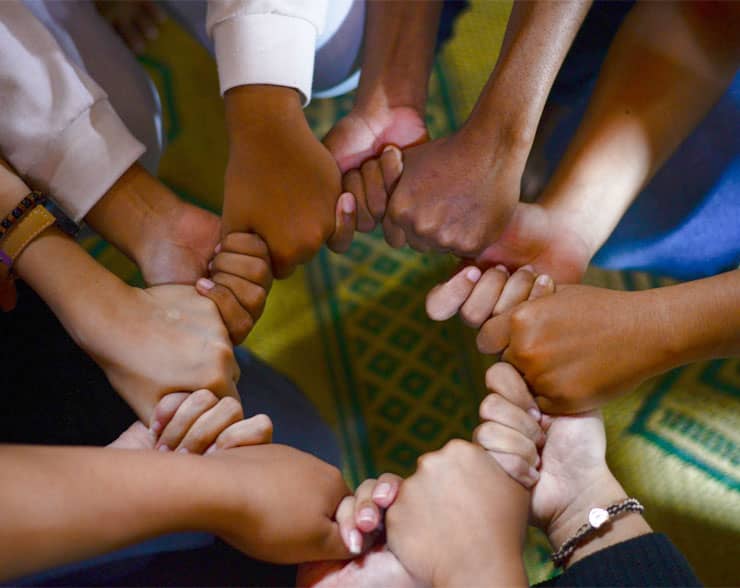


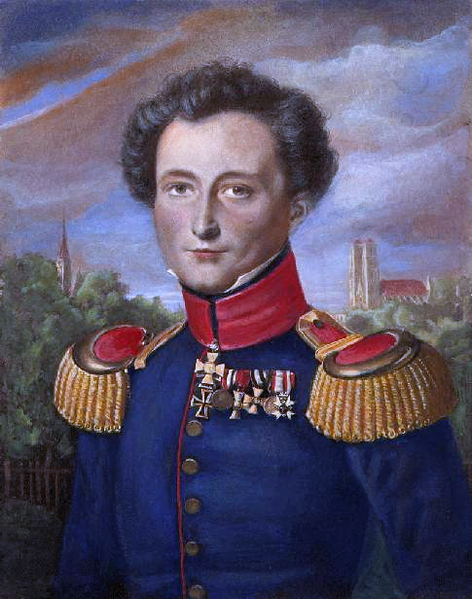

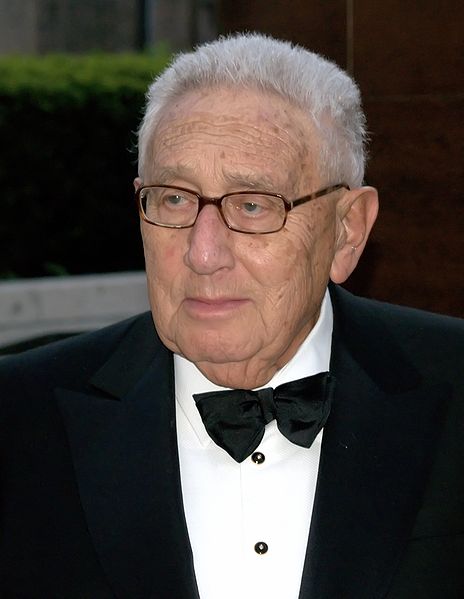
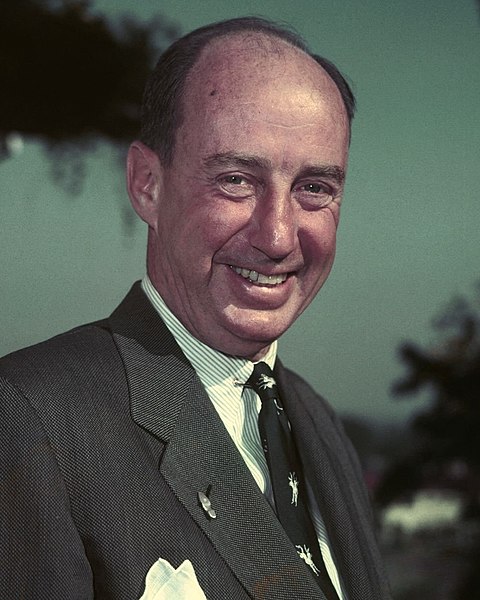







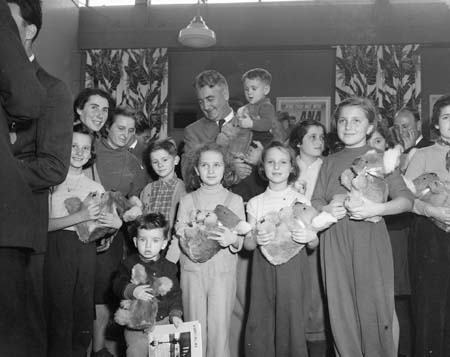
 Syrian refugee camp on theTurkish border for displaced people of the Syrian civil war. By Voice of America News: Henry Ridgwell on the Turkish border, Public domain, via Wikimedia Commons.
Syrian refugee camp on theTurkish border for displaced people of the Syrian civil war. By Voice of America News: Henry Ridgwell on the Turkish border, Public domain, via Wikimedia Commons.

